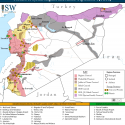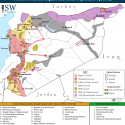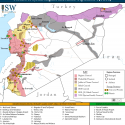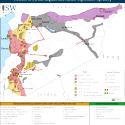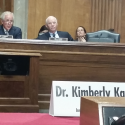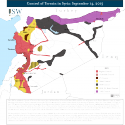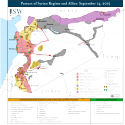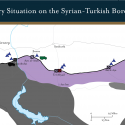International Community’s Position on Syrian President Bashar al-Assad: September 30, 2015
Sep 30, 2015 - Institute for t...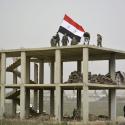
These charts contrast international leaders’ positions on Assad before and after mainstream media coverage of Russia’s deployment of aircraft to Syria, marked here as September 4, 2015. Several leaders softened their stance on the Syrian leader following Russian intervention, undermining the United States’ stated goal of achieving a negotiated political solution in which Assad is not in power.


